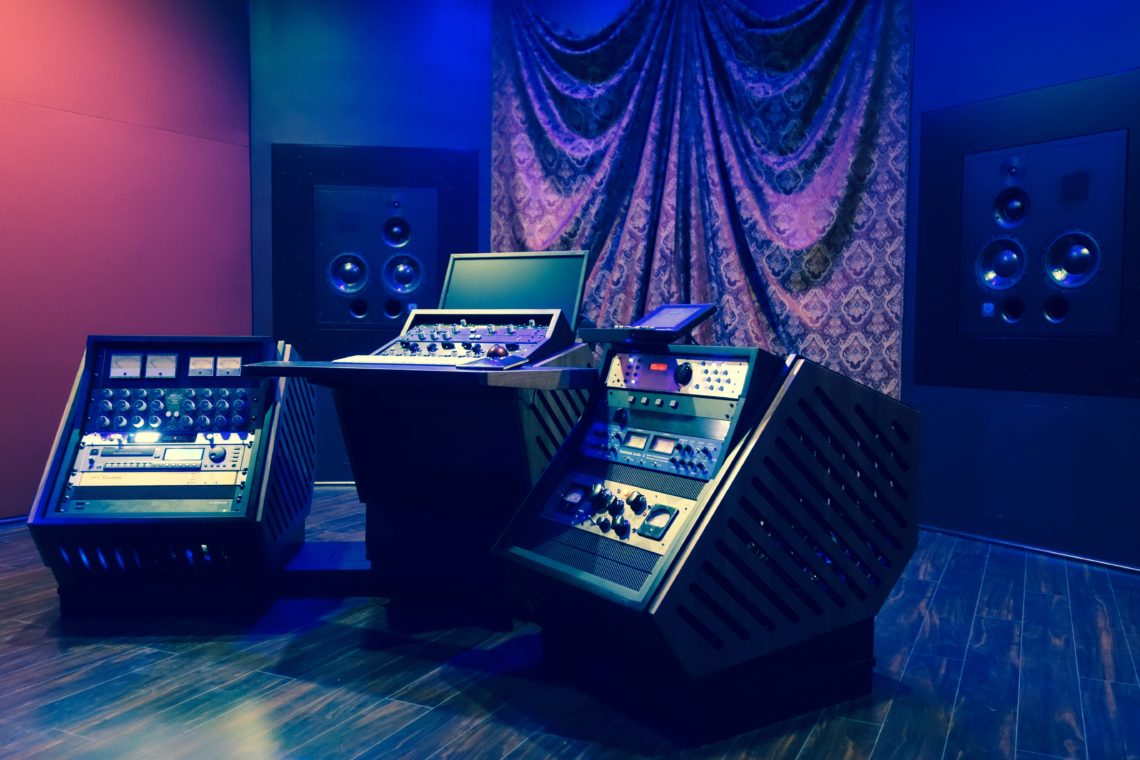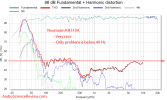The only thing that can really reduce SBIR is flush mounting, and that only reduces it and does not eliminate it. It does provide a LF boost though because the speaker behaves as though it's in an infinite baffle, which can improve headroom somewhat (you can cut bass to get back to linear, thereby increasing maximum possible level).
Desk bounce is a well known phenomenon, it causes a low mid to upper bass region boost. That's why many active speaker manufacturers include a cut centered somewhere in the 120-250hz area in an attempt to counteract it (arguably in vain, but... anyway). Part of the reason many studios that are not meant for large format tracking have moved away from the console paradigm is that consoles are an acoustic nightmare. A huge more or less flat surface in between listener and speaker is bad!
This mastering room (Dave Collins' room, specifically, designed by @Northward Acoustics) is much closer to acoustically ideal. The racks to the side are angled such that the bounce off the top is reflected away from the listening position, and are also mostly open - again, to reduce reflections. The main desk itself is tiny, and it is out of the "flight path" of the speaker-to-LP angle.

Desk bounce is a well known phenomenon, it causes a low mid to upper bass region boost. That's why many active speaker manufacturers include a cut centered somewhere in the 120-250hz area in an attempt to counteract it (arguably in vain, but... anyway). Part of the reason many studios that are not meant for large format tracking have moved away from the console paradigm is that consoles are an acoustic nightmare. A huge more or less flat surface in between listener and speaker is bad!
This mastering room (Dave Collins' room, specifically, designed by @Northward Acoustics) is much closer to acoustically ideal. The racks to the side are angled such that the bounce off the top is reflected away from the listening position, and are also mostly open - again, to reduce reflections. The main desk itself is tiny, and it is out of the "flight path" of the speaker-to-LP angle.

Last edited:

